30 Years Of Trend-Setting Gadgets
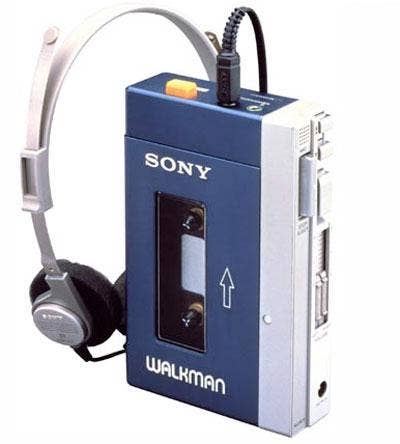
Sony Walkman, 1979
It's been 30 years since the Sony Walkman revolutionized the way people listened to music. But it did not invent new technology -- the device was a tape player (not recorder) that ran on batteries and a pair of earphones was attached. Instead, it packaged those components together innovatively and created a market where none had existed.
Within those 30 years, a lot of technology has come, gone and evolved. Here's a look at gadgets that changed our culture, improved our lives or were just plain fun.
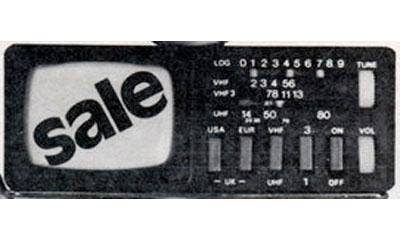
Sinclair Pocket TV, 1979
Sinclair came out with this device a year earlier, but it was in 1979 that electronics retailer JS&A offered it for almost $150 less than Sinclair was selling it.
The Sinclair's rechargeable batteries were built into the unit. It came with an American AC adapter and charger, earphones, carrying case, rechargeable batteries and a built-in antenna for both VHF and UHF. It also came with a cigarette lighter power converter, in the days when cars and boats had cigarette lighters!
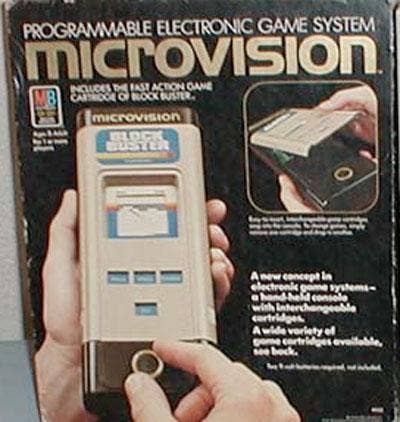
Microvision 1979-1981
Ten years before Nintendo's GameBoy, there was Milton Bradley's Microvision. It was a portable system, but easily a foot long, with game 'cartridges' that were nearly the same length. The first Microvision games were made with both Intel 8021 and Texas Instruments TMS1100 processors, but later MB switched to exclusive use of the TMS1100 processors. The screen was a very small LCD panel, and the 12-button keypad had the switches buried under a thick layer of flexible plastic.
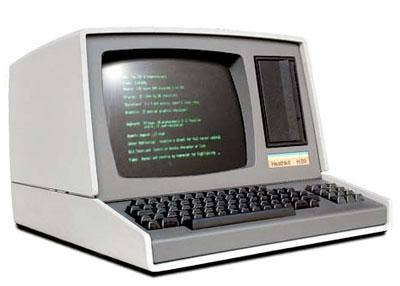
Heathkit H89 'All-in-One' Computer, 1979
This system followed Heathkit's initial offering of two years earlier. It was available as both a kit to be assembled by the purchaser (model H89), or as an assembled and tested system (model WH89), at a $700 premium. Some of the software that came with the H89 included the HDOS Disk Operating System, Assembler, Text Editor and Microsoft BASIC. Zenith Radio bought Heathkit in 1979, but stopped making kits shortly thereafter as it became far less expensive to buy a computer already assembled.
It's interesting to think you could be listening to a Walkman while compiling a program on this machine.
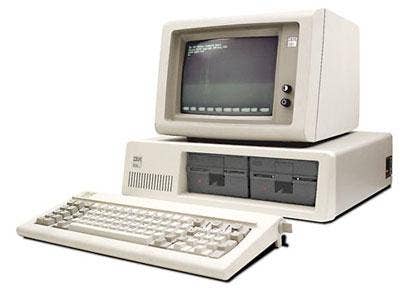
IBM's 5150 Personal Computer, 1981
The 5150's CPU was from Intel, and the operating system was by Microsoft, which licensed it to IBM as PC-DOS. But a basic system ran the Microsoft BASIC programming language, which was built into every PC. It attached to an audiotape cassette player and a television set and sold for approximately $1,565. A more typical system for home or school with a memory of 64 KB, a single diskette drive and its own display, it was priced around $3,000 and included PC-DOS, which was not available on cassette.
This was not IBM's first attempt at a compact, stand-alone computer; in 1975 it rolled out the 5100.
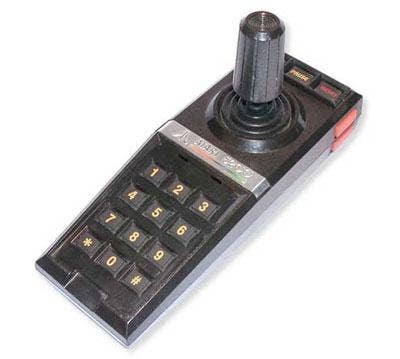
Atari 5200, 1982
Atari used the technology it employed in its 8-bit computers (available in 1979) to develop the 5200. At the time, the "original" TV gaming device, Odyssey, from Magnavox, as well as Colecovision and Mattel's Intellivision (also sold as Radio Shack's Tandyvision), were Atari's main competitors. Atari's computers were also competing against the 5200, because gamers had discovered the machine was suited to their hobby.
With Atari's 5200, 360-degree action was introduced, paving the way for the endless succession of Madden video football games to come. The 5200 featured the first automatic TV switchbox, to switch from regular TV viewing to the game system signal. It was first to have a 'pause' feature on its controller.
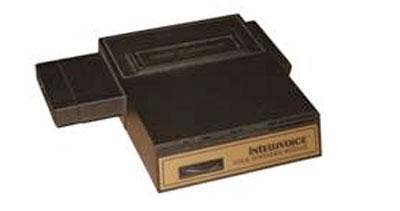
Intellivoice, 1982
Intellivision was a game console system designed by Mattel Electronics in 1979 to compete against Atari, Colecovision and Magnavox's Odyssey2. Three years later, the company unveiled Intellivoice, a module that attached to the cartridge port of the Intellivision. When using special voice-enhanced games, the Intellivision could talk. Five games were developed to take advantage of the unit's capabilities: Space Spartans, B-17 Bomber, Tron Solar Sailor, Bomb Squad and World Series Major League Baseball.
The games did not sell as well as hoped, and Intellivoice was phased out a year later.
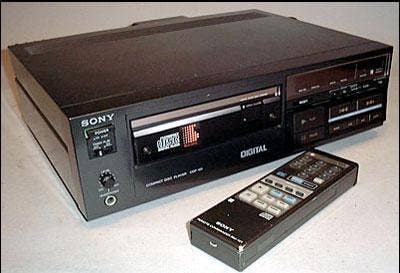
The Sony CDP-101 CD Player, 1982
Sony introduced the CDP-101, the first Compact Disc audio CD player on the market at a retail price of roughly $900. This led to the eventual expansion of the standard for use as random access computer data storage. Audiophiles were taken aback a bit by a design that had no knobs but plenty of buttons.
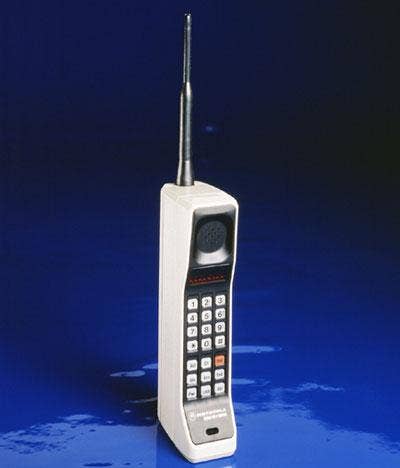
DynaTAC 8000X Portable Cellular Phone, 1983
The world's first commercial handheld cellular phone, the Motorola DynaTAC phone, received approval from the U.S. Federal Communications Commission in 1983. The 28-ounce handheld phone became available to consumers in 1984. It's fondly remembered as 'the brick' for its shape and weight of 2 pounds, but back then, customers lined up to pay $3,995 fior a device that once fully charged offered 30 minutes of talk time.
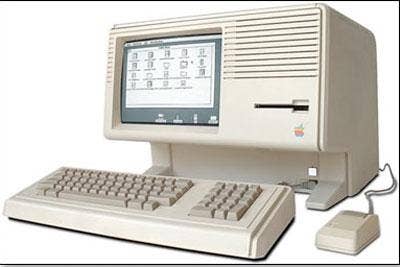
Apple Lisa, 1983
Apple's advanced (but unpopular at the time) Lisa, was the first computer to use a graphical user interface (GUI) and a mouse. The Lisa was designed to run multiple operating systems. In fact, Apple made it possible for the machine to run newer operating systems, such as MacOS. Lisa was manufactured to be hardware-expandable, and had three expansion slots and additional ports. A great part of Lisa's demise was its price tag: $9,995.
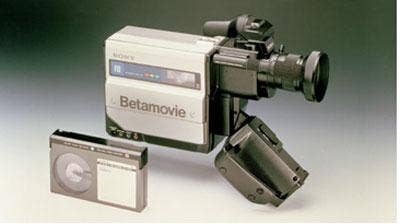
Sony Betamovie, 1983
Sony introduced the first camcorder, which combined a video camera and Betamax deck. However, it didn't include playback capabilities on the unit. The camera was based on Sony's Betamax tape design, which eventually lost the market to the VHS standard. A year later, the JVC GR-C1 came on the scene. It used the same tape as standard VHS and the same recording format, but in a cassette that was only one-third the size. The cassette could be placed in a full-sized VHS adapter shell so it could be played back in any VHS machine.
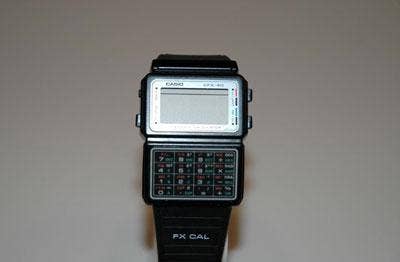
Casio Scientific Calculator Watch, CX-40, 1985
Truly an engineer's watch, the CX-40 was one of a series from Casio that included a chronograph, stopwatch, alarm and 10-digit scientific calculator with metric conversions. The face was a compact square inch. It is a huge seller on e-Bay; the watch that initially cost $40 at stores such as Service Merchandise can fetch upward of $450.
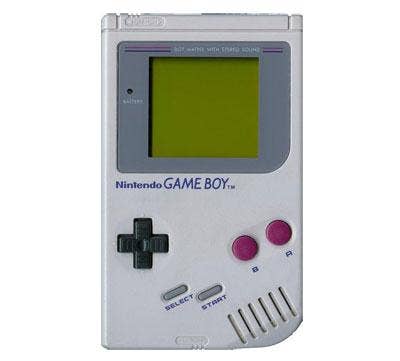
Nintendo GameBoy, 1989
If Microvision was the first handheld gaming device, Nintendo popularized the form factor with its GameBoy. The primitive black-and-green screen doesn't rival today's, but for titles such as Tetris, the first game packaged with the GameBoy, it didn't really matter.
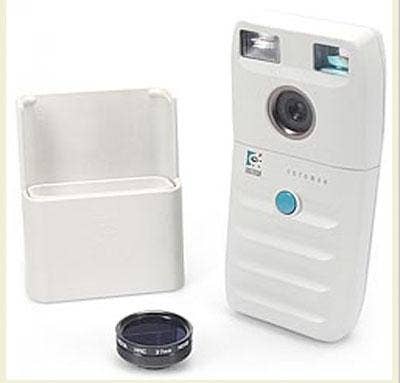
Dycam Model 1, 1990
These black-and-white digicams (also called the LogiTech Fotoman) were the first completely digital consumer cameras sold in the United States. They stored 32 compressed images on internal 1-MB RAM and connected to a PC to transfer images. Although the first digital camera was actually built by Kodak in 1975, that was a technical exercise for the company and Kodak did not bring a digital camera to market until 1991 -- and did so using a Nikon camera body.
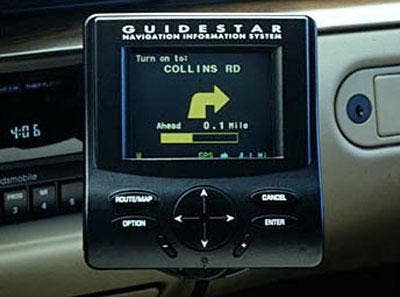
Guidestar, 1995
Although the Magellan NAV 1000, introduced in 1988, was the first handheld GPS receiver available, General Motors' Oldsmobile division presented Guidestar, the first on-board navigation system to be offered on a production car. Guidestar combined computerized road-mapping and satellite-positioning to route drivers to their destinations.
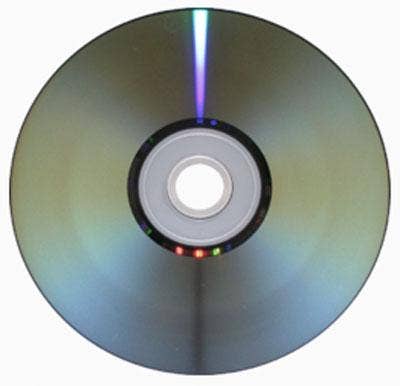
DVD, 1995
Retailers started to sell movies on disk commonly by 1997, and by 2003, DVD rentals started to outpace those of VHS cassettes. Today, Blockbuster no longer carries VHS tapes to rent. In 2006, Sony developed an improved, high-definition optical disk technology, the Blu-ray standard. Toshiba developed the competing DVD-HD format. In what came close to being another Betamax vs. VHS knock-down, drag-out brawl, this time Sony emerged as the victor.
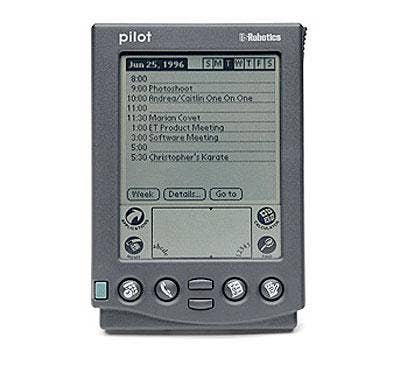
Palm Pilot, 1996
Largely regarded as the first truly successful PDA, the Palm Pilot enjoyed great success because of its ease of use out of the box and its ability to synch with Windows or Macintosh desktop computers. The original 'Pilot organizer' applications included: Date Book, Address Book, To Do List, Memo Pad, Calculator, Security and HotSync. It could run for a few weeks on two AAA batteries and cost $299.
A similar product, Apple's Newton, didn't enjoy any of Palm's success, likely because it was much heavier (it weighed almost a pound) and was too far ahead of its time -- it debuted in 1982 at $699.
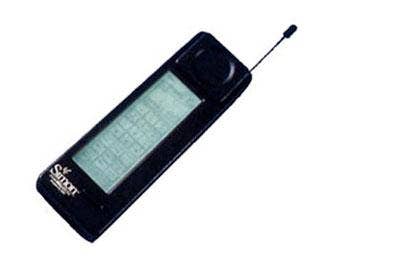
Simon Smartphone, 1997
The BellSouth/IBM Simon Personal Communicator was the first mobile phone to include PDA features: phone, pager, calculator, address book, fax machine and e-mail device, at a total cost of $900. There were no physical buttons; users had a touch-screen to select phone numbers with a finger or create facsimiles and memos with an optional stylus. Text could be entered with either an on-screen 'predictive' keyboard or QWERTY keyboard.
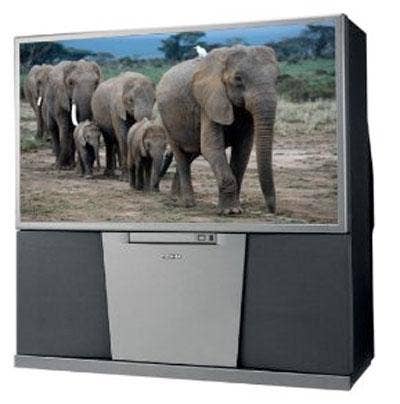
HDTV Sets, 1999
In 1998, Toshiba announced it would introduce two HDTV models the following year, which would be among the first HDTV sets available in the United States. Its 65-inch and 56-inch, 16:9 projection sets would have price tags of $8,999 and $6,999, respectively. At the time, very few programs were offered in high-definition; among them were Jay Leno's 'Tonight Show' and 'Monday Night Football.'
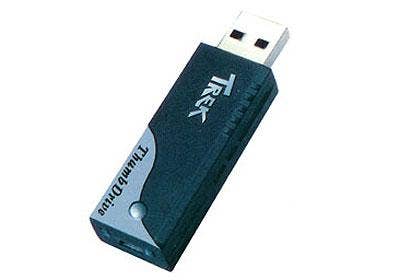
Trek 2000 Thumb Drive, 2000
The Thumb Drive measured only 45 mm in length and weighed in at 30g. It plugged into any PC using USB Version 1.0, drawing its power from a notebook or laptop computer. It stored 8 MB to 128 MB of data and was able to transfer data at 700 kbps. IBM debuted 'DiskOnKey' later in the year.
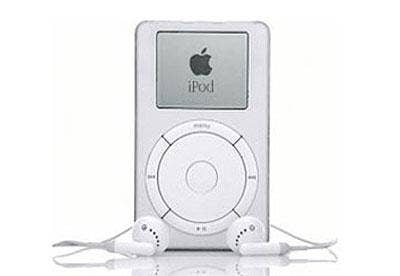
iPod, 2001
Before the iPod, digital music players struggled to find acceptance. Some were big and clunky, others miniscule and still others were too confusing to figure out. Apple's first iPods used 5-GB Toshiba hard drives that were the size of a quarter, ARM processors (those that were used in the ill-fated Newton PDA), an operating system from Pixo, a large high-res display, a lithium polymer battery and the iconic scroll wheel. For $400, Mac users could download roughly 1,000 songs from iTunes. In the summer of 2002, the privilege was granted to Windows users as well.
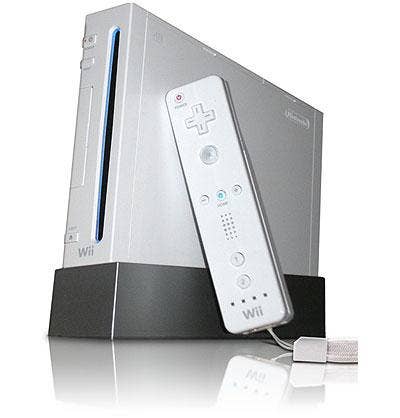
Nintendo Wii, 2006
Despite a bit of an uproar over the name, game enthusiasts in the end embraced the Wii, noteworthy for its unique wireless controller, the Wii Remote. The game senses the motion of the players and encourages movement. Aimed at including the entire family in play, the Wii's technology left couch potatoes in the dust. The Wii Remote can be used as a handheld pointing device and detect movement in three dimensions.
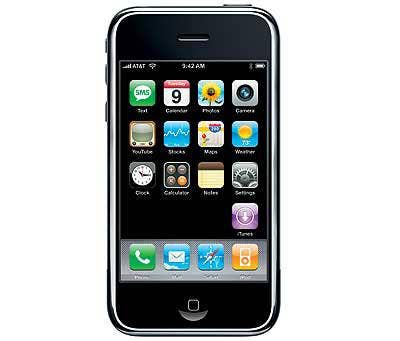
iPhone, 2007
The iPhone was announced on the company's 30th birthday. It won Time Magazine's Invention of the Year award, not because it invented anything new, but because it took the cell phone, the PDA and the touchscreen and turned it into something people could easily use. It's a platform for developers that is responsible for the success of Apple's innovative App Store.